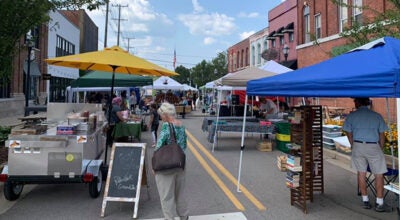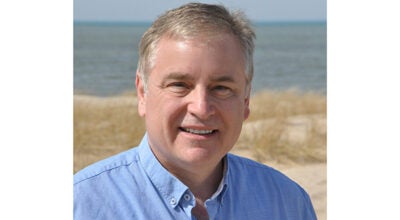Michigan Teen Safe Driving Program seeks to expand
Published 9:31 am Tuesday, October 17, 2017
Students at every high school in Michigan now have the opportunity to help make their fellow teens better, safer drivers by taking part in the Strive for a Safer Drive (S4SD) program.
The public-private partnership between Ford Driving Skills for Life (DSFL) and the Michigan Office of Highway Safety Planning seeks to reduce the leading cause of death for teens: traffic crashes.
In 2016, there were 44,072 crashes in Michigan with a driver age 15-19. Those crashes resulted in 116 fatalities and 829 serious injuries. There were 41,446 crashes, 131 fatalities and 708 serious injuries with a driver age 15 to 19 in 2015.
S4SD helps teens talk to other teens about safe driving. Up to 60 schools will be selected to develop and implement a student-led, peer-to- peer traffic safety awareness campaign. Campaign topics may include distracted driving, seat belts, underage drinking/impaired driving, speeding and winter driving.
Participating schools will receive $1,000 to conduct their campaign. Following the activity phase, cash prizes will be awarded to the top five schools. Participating schools will have the opportunity to send students to a free Ford DSFL hands-on driving clinic in the spring with professional driving instructors.
Last year, Oakland County’s Clarkston High School finished first in the state for its “You Can Be
Impacted When Distracted” campaign. Lamphere High School, also from Oakland County, finished second and Lakewood High School of Barry County earned third place.
All Michigan high schools are encouraged to apply for S4SD. Participation and application
information is available on Michigan.gov/s4sd. Applications are due November 17.
The number of participating high schools has tripled since S4SD began from 16 in 2011 to 50 high schools participating last year.
Established in 2007, National Teen Driver Safety Week is an effort to raise awareness of teen driver safety and encourage safe teen driver and passenger behavior.






